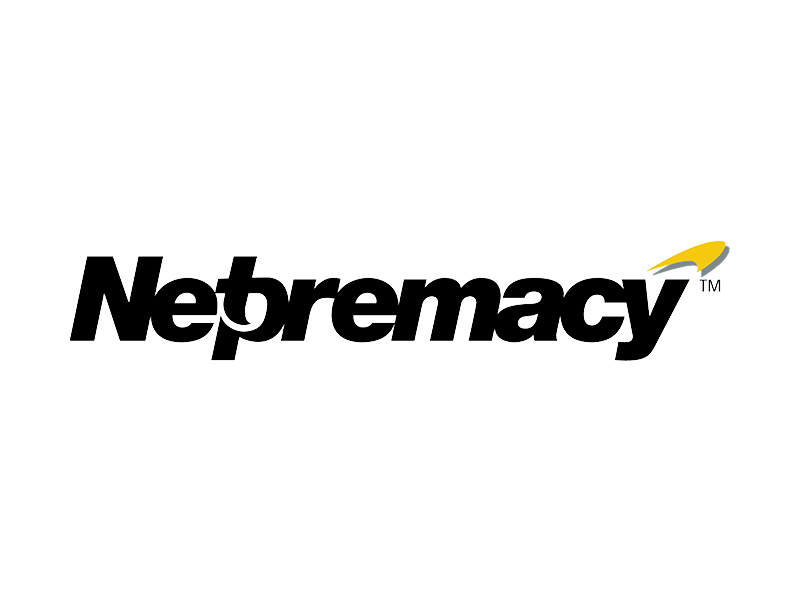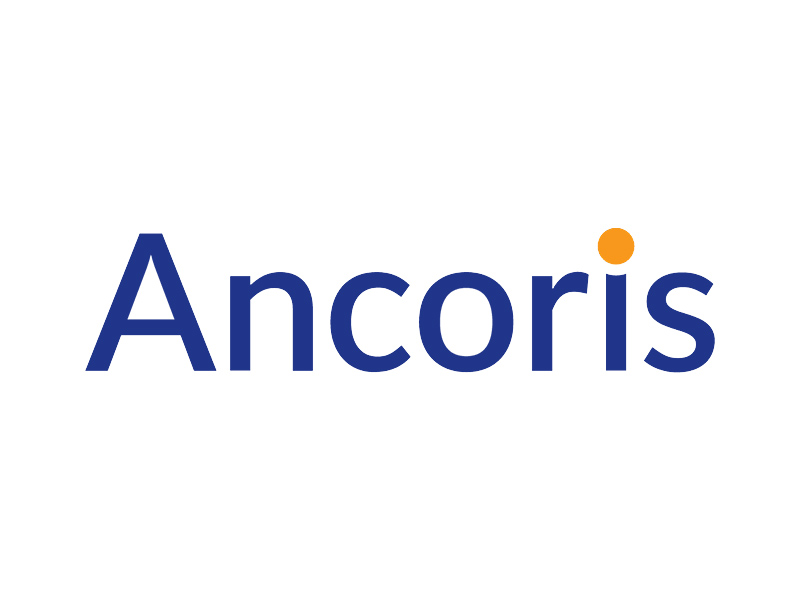Guest Blogger, Malcolm Thomson: “Malcolm has been a computer programmer for 20 years and has vast experience in providing training, consultancy and building custom solutions on just about all platforms and devices.”
I will start by defining ‘Management’: this is any managing role that is more than two places removed from the workers. This means that the manager only has managers that report to them, so this does not include Team Leaders or direct managers.
Workers are the men and women that are on the shop floor, actually delivering whatever product or service that the company provides.
The reason for this blog is that I have worked in many, and they all have different approaches but just about all of these approaches fall into two categories.
Management stays on a different floor, and very rarely interacts with the workers; everything is done through the management tree.
Management mingles with the workers on the shop floor, in the lunch room, at break time, although they have offices elsewhere for their use.

These two different styles of workforce planning model lead to very different ways of making decisions. From my experience, option one leads to all decisions being made on a Key Performance Indicator (KPI) style option, which is where spreadsheets and goals are all that matter, and all decisions are made to ensure the numbers move and flow correctly.
Option 2 allows you to discover, directly from the workers themselves, what they have found and think is working and what isn’t, and this can lead to very different results and some unexpected choices being made in order to make the life of the workforce happier or more comfortable.
The more projects that I have seen use option 1 produce lots of significant numbers, and that all looks great. However, I have noticed a high turnover of staff, people grumbling and wondering about what is happening, and the direction the project is taking. To combat this, extra meetings are added to discuss any concerns, but these tend to be relatively formal, large groups and therefore a lot of small things get missed. If a worker does raise an issue or suggestion to their manager, it has to go up the management tree, with numerous retellings and rewordings and then if anything is enacted it is often not exactly what was suggested and does not always solve the problem.
![]()
When option two is used, I noticed that as this is a more informal arrangement, the manager just appears and starts talking to people, answering questions and taking comments. This leads to much more open and honest reactions telling management where the workers are, as they don’t have or need time to prepare and choose their words for how to raise an issue or comment. Does this lead to a workplace of anarchy? Not in my experience; it tends to lead to a place where ideas are voiced, shared and worked on, before finally becoming a new initiative or practice
So to answer the question above, “Should management be separate from the workers” – In my opinion, no; they should take as much time as possible to spend with the workers, throughout the day, at lunch, just to ask simple questions such as “Does this work for you?”, “Could it be better?”.
You may read this and think ‘is that not the Team Leader or Direct Manager’s job, to check in with the workers on the floor?’, and to a certain extent, yes. However, I think if workers see management actually on the shop floor, engaging and taking an interest, it will encourage and make it easier for ideas to be passed up and down the management tree, making it easier for change to be implemented and therefore lead to a better experience and working conditions for all involved.












